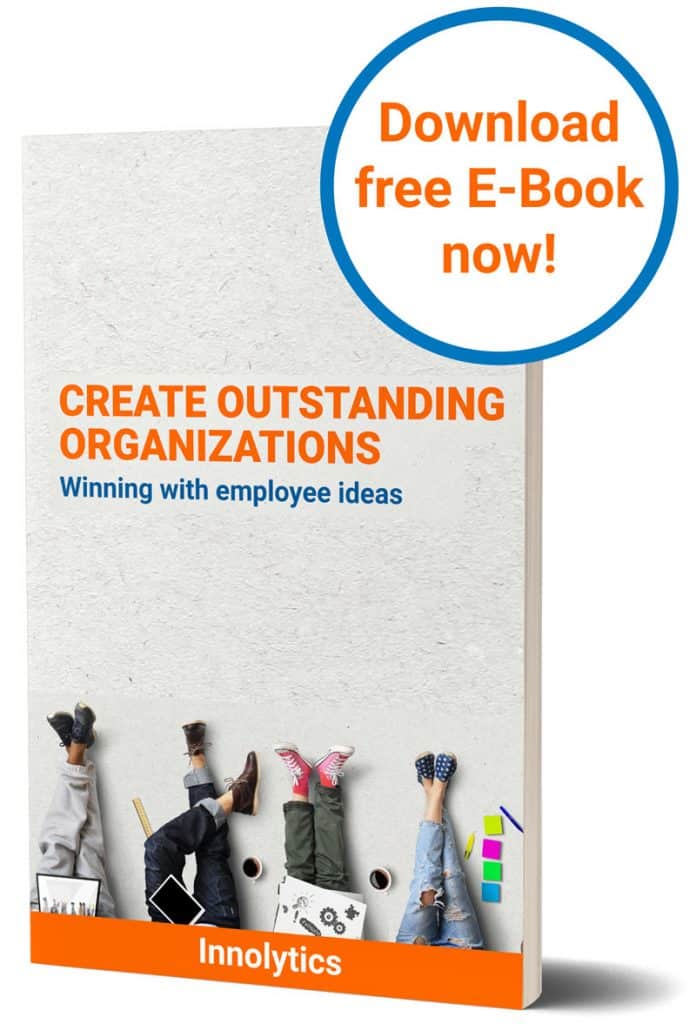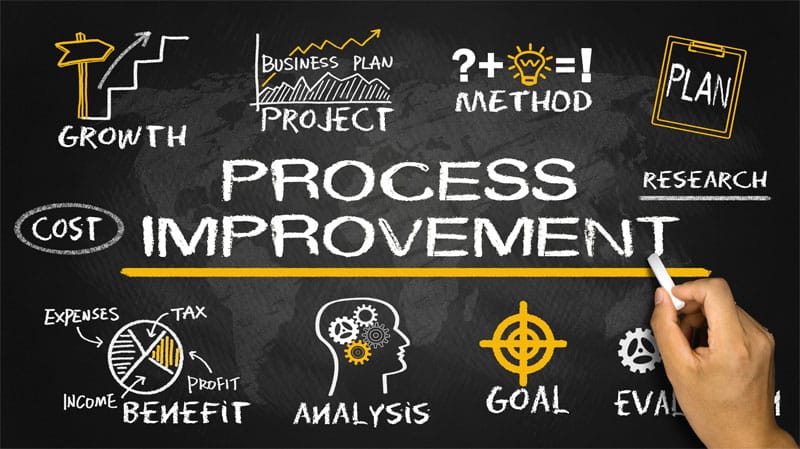What is a Continuous Improvement Manager?
A Brief Description About Continuous Improvement Manager

The CIP manager works with various approaches from quality management, idea management and innovation management. He or she supports the identification of opportunities for improvement through the use of creativity techniques and idea generation. Essential tasks are the organization of quality circles and – for more extensive process innovations – innovation workshops.
His or her background knowledge about CIP methods makes the continuous improvement manager a highly respected partner in organizational innovation, in the development of service innovations and in the establishment of digital business models. After all, in order to successfully implement an innovation continuous process optimization and quality management are required.
In our free e-book “Create Outstanding Organizations” you will learn how to win and successfully implement high-value employee ideas.

The continuous improvement manager is responsible for the continuous improvement process. He or she provides methodical support and is responsible for the process. The continuous improvement manager is the driver of continuous improvement and ensures that enough problems and opportunities for improvement are identified. And that high-quality new solutions are being developed.
Responsibilities of the Continuous Improvement Manager
The continuous improvement manager is a motivator, a mentor and a process manager in the continuous improvement process. In this section the central responsibilities of the CIP manager are described in detail.
The Continuous Improvement Manager as Motivator
The continuous improvement process starts with the identification of hidden problems and vulnerabilities in processes and procedures. CIP managers bring members of working groups and teams together through regular quality circles as well as in regular idea and CIP workshops. The task is to identify fields of action for continuous improvement. Existing procedures and processes are systematically reviewed. In addition, problems are analyzed and reasons for a lack of efficiency are analyzed.
In his/her role as motivator, the CIP manager can ask questions in such meetings that stimulate creative thinking:
“Why is a certain condition the way it is?”
“What could be used to identify or analyze a particular problem?”
“What is the cause of a particular problem?”
“Where could we look for solutions that can be transferred?”
“Who could help develop new ideas and solutions?”
In his or her role as motivator, a CIP manager can bring inspiration from other companies or industries.
The Continuous Improvement Manager as Mentor
Systematic idea development and continuous improvement are complex: often only the symptoms of a problem appear. The analysis of the causes is correspondingly complex. During the generation of ideas, employees repeatedly find themselves in dead ends.
The success of the continuous improvement process highly depends on the quality of the identified problems, the cause analysis and the variety of developed solutions. As a mentor, the continuous improvement manager advises and accompanies employees. He or she is available for questions and gives suggestions, establishes connections to solution experts and other departments.
As a sparring partner, the CIP manager looks for new ways to find solutions. For this he or she uses a number of tools and methods like Kanban, TQM (Total Quality Management) and agile project management. Furthermore, he or she uses different creativity techniques.

The Continuous Improvement Manager as Process Owner
The continuous improvement manager also supervises the continuous improvement process. He does not have a managerial, but an administrative task. Together with the management, he defines and controls key performance indicators according to which the quality of the continuous improvement process is measured. These can be among others:
- Number of newly identified vulnerabilities,
- Relevance of the identified vulnerabilities and problems,
- Number of new solutions,
- Number of solutions that can be pursued,
- Number of improvements implemented,
- Lead time of suggestions for improvement (period from identification of new weak points and problems to successful implementation).
Monetary targets or savings can also be specified for the continuous improvement process. These can consist, for example, of efficiency indicators to be achieved. In the role of the process administrator, the CIP coach is responsible for achieving these key figures.
Digital Tools Supporting the Continuous Improvement Manager
The Innolytics® CI-Software supports continuous improvement managers in developing, optimizing and adapting the continuous improvement process. The software makes it possible to define a CIP process with different stages, to conduct cause analyses via discussions, to evaluate the relevance of problems and weak points, to develop solution ideas and to implement them in a structured process. In addition, the software allows the definition of key figures with the help of which the continuous improvement manager can measure the success of the continuous improvement process.